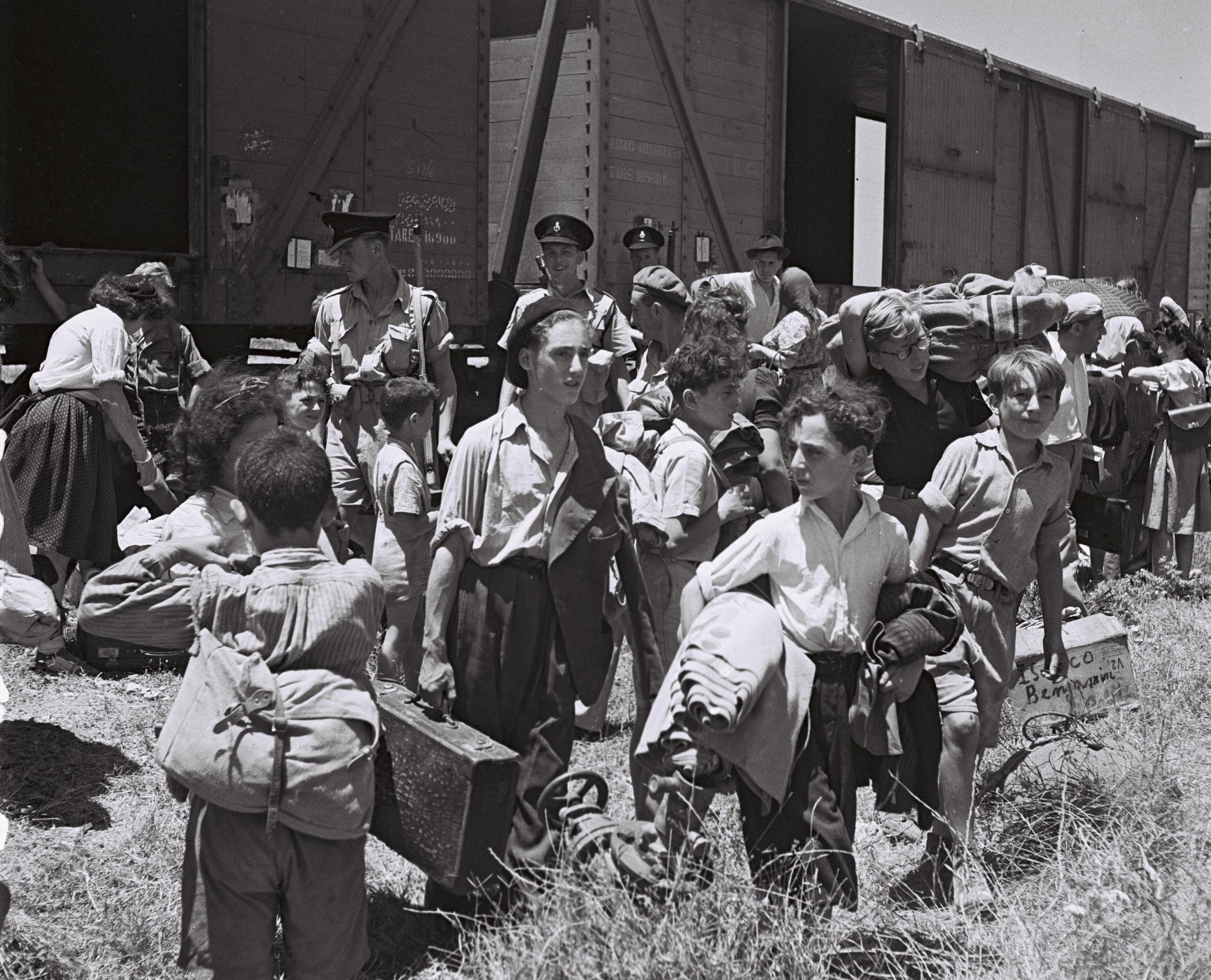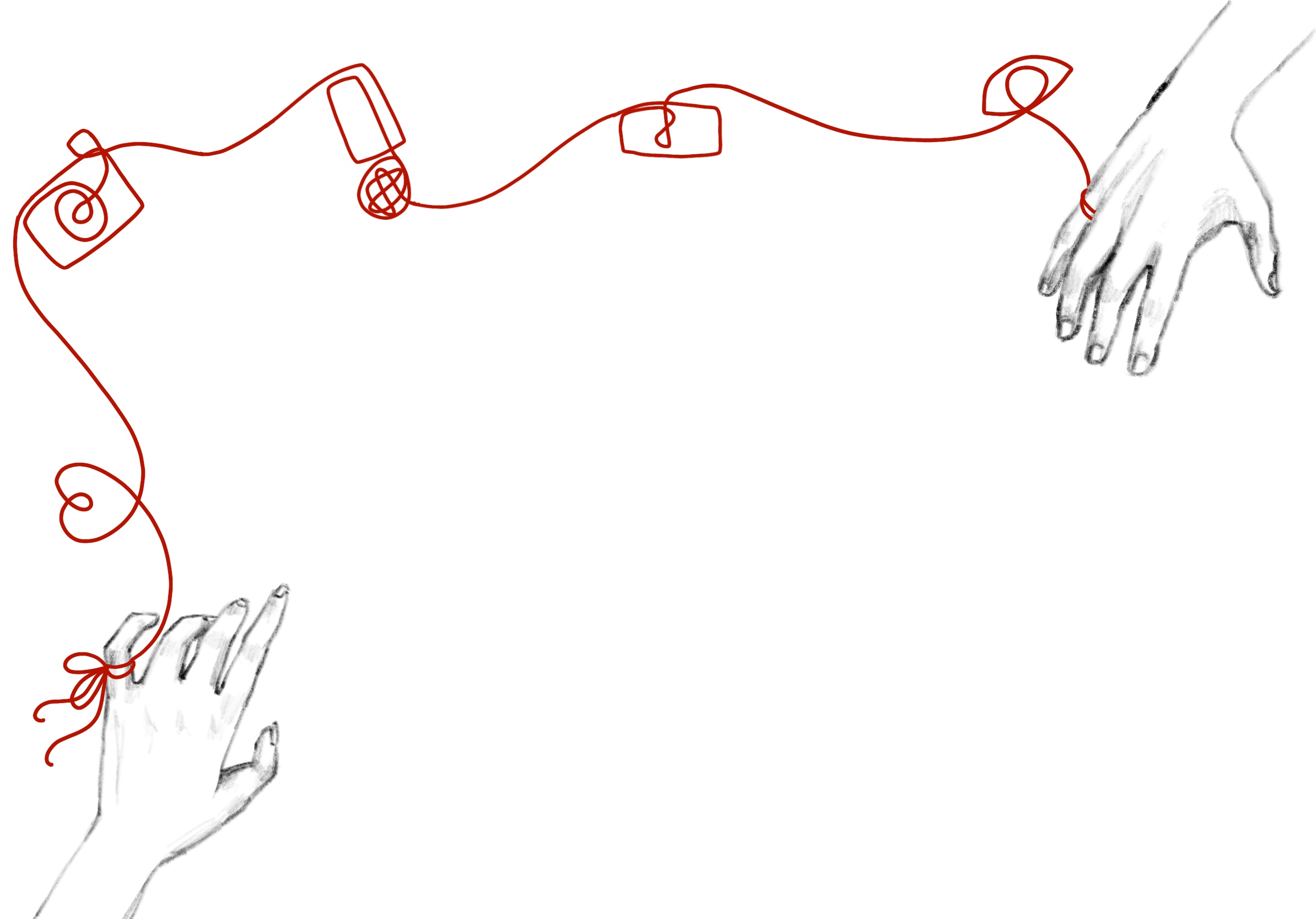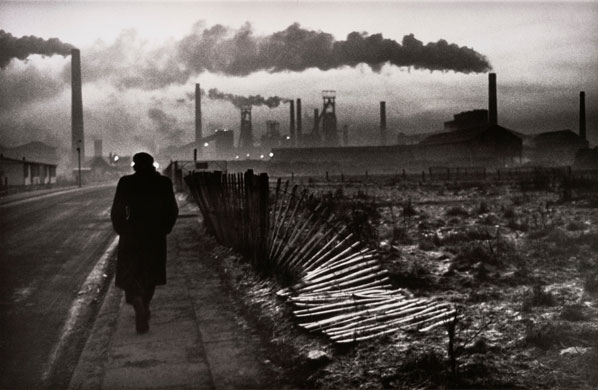
Screening the Unscreenable: Atrocity on Film
Tracking shots, noted the French director Jean-Luc Godard, are a matter of morality. Jacques Rivette, one of Godard’s contemporaries, used this ruling to dismiss Gillo Pontecorvo’s 1960 film, Kapo. The story of a young girl attempting to escape the concentration camp, it was one of the earliest narrative films to depict the Holocaust. It left Rivette with “the most profound contempt” for the Italian director due to the reframing of a tracking shot: this seemingly innocent movement of the camera changed the significance of the shot and warped reviewers’ views of the film. Rivette could be accused of pedantry, but single impressions are key to how we form opinions throughout our lives, so each shot and scene depicting sensitive subjects such as the Holocaust and other global atrocities should hold to this level of scrutiny.
We are here presented with a problem which most Anglo-American film critics and commentators have ignored: are depictions of the Holocaust and other atrocities produced with enough sensitivity by the mass media?
Andreas Huyssen, a Columbia University lecturer on comparative literature, would argue that narrative films and television can portray atrocities in a way that is broadly beneficial. In The Politics of Identification: “Holocaust” and West German Drama (1980), he contends that the airing of the 1978 US television series Holocaust did more for the West German psyche than any other cultural output since 1945. The four-part series follows the fictional Jewish Weiss family whose individual members experience the brutality and horror of the Nazi regime. The narrative strategy, which Huyssen suggests places the viewer on the side of the Weiss family, allows the watcher to suffer with the victims and fear the perpetrators. This direct confrontation with the atrocities experienced by the Weiss family and those around them is meant to allow for a mirror confrontation with West Germany’s endemic vergangenheitsbewältigeng — a German word which roughly translates as “the struggle to come to terms with the past”. The series’ ‘exorcism’ of the ghosts of the Holocaust was criticised at the time for its melodramatic grounding, but Huyssen suggests that the “left and left liberal critics” primary motivation was, instead, snobbery: “high versus low, avant-garde versus popular, political versus soap opera”.
On the contrary, Nobel Peace Prize recipient and Holocaust survivor Elie Wiesel argues that the mass media is simply unable to portray the Holocaust sensitively. In his 1989 article Art and the Holocaust: Trivializing Memory, Wiesel deems that all the popular examples of films and TV which portray the Holocaust –Sophie’s Choice, Holocaust, Seven Beauties etc. — are the product of “the Holocaust becoming a fashionable subject”, and a subject which has been mistreated with a grand lowering of taste:
“Naked men. Naked women. Naked children. And all of them made up with ketchup and paid to fall into the mass graves. How can one explain such obscenity? How can anyone justify such insensitivity?”
Wiesel believes “no one else can now retell Auschwitz after Auschwitz”: we shouldn’t look to Hollywood or other such sources and should turn to those able to “transfer their experiences into knowledge”. While Huyssen finds catharsis in Holocaust for a bewildered nation, Wiesel finds in such productions an unfathomable lack of respect for those who survived and those who did not.
Wiesel’s article was written four years prior to the release of the most widely regarded film about the Holocaust, Schindler’s List. Upon its release, Spielberg’s tale of the ‘good German’ received resounding affirmation from the critics and seven Academy Awards including Best Picture and Best Director, and it currently holds eighth position on the American Film Institute’s list of the greatest films of all time. Yet Schindler’s List would surely not have changed Wiesel’s opinion.
Though critical acclaim would suggest that Schindler’s List is a masterpiece, this is unmerited as the film is still not respectful to the Holocaust. In one scene, the audience is presented with women having their hair cut off. They then unclothe and are forced into a concrete cell fitted with showerheads before the room’s thick door is locked behind them. The camera pans to the showerheads, heightening the tension – then, instead of the expected gas, the showers pump out water.
The trivialisation of the victims’ fear is horrifying. Spielberg should have realised that the Holocaust deserves to be treated with an unprecedented sensitivity – this is not Jurassic Park. The shower scene is not a singularity of Spielberg’s crass filmmaking in Schindler’s List; throughout the film he prioritises tension over respect to the Holocaust’s six million Jewish victims. Claude Lanzmann, the director of the ten-hour-long documentary Shoah, suggests a fundamental flaw with Spielberg’s film: “Schindler’s List …transgress[es] because it trivialize[s], and thus it remove[s] the Holocaust’s unique character.”
The question hinges on the purpose of these dramas. Are they meant to educate? To entertain? If the latter then they are perverse. But even if a director were able to able to avoid all melodrama and present nonselective fact, a feature film could never be the best medium. It is impossible to imagine, let alone to be able to replicate the horror and suffering of the Holocaust.
Night and Fog and Shoah present alternative ways in which we could try to understand. Directed by Alain Resnais in 1955, Night and Fog is based on a monograph by poet and Holocaust survivor, Jean Cayrol. Resnais’s montages act as a visual accompaniment to Cayrol’s prose. The words do not just tell us the tale; they ponder, they question and we, the viewer, are allowed to do the same without being led. Serge Daney summed up the experience of Night and Fog perfectly: “The dead bodies of [Night and Fog]… have watched me more than I have seen them.”
Shoah took Claude Lanzmann eleven years to create, gathering 350 hours of footage and editing it down to ten upon its release in 1985 – it had originally been commissioned for two hours and an eighteen-month production time. Testimonies from victims, perpetrators and onlookers accompany Lanzmann’s visits to concentration camps in Poland, bringing the viewer as close as possible to an understanding of the Holocaust. Roger Ebert noted that Lanzmann’s film allows the Holocaust to be “no longer a subject, a chapter of history, a phenomenon. It is an environment. It is around us.”
It is also instructive to consider other atrocities that have occurred in nations with smaller film industries which have not been subject to a wide scope of study because of a generalised lack of interest from the West. Numerous events in the twentieth century have inspired films that fall under the same cinematic category: the Rwandan genocide, the Cambodian genocide, the Bangladeshi genocide, the Armenian, Greek and Assyrian genocides. The same principles that apply to the cinema of the Holocaust should be universal for pictures confronting these atrocities.
A film that successfully depicts one of these atrocities is Rithy Panh’s The Missing Picture. The Cambodian director’s self-searching film attempts to reconstruct his childhood under the Khmer Rouge, his family’s ‘reeducation’ and death, and his time in the labour camps, all with the aid of clay models and propaganda footage. Panh tells his story to these images; he speaks of the horrors and of the failures of his memory, and thereby gives us a firsthand account of the Khmer Rouge regime. As in Shoah and Night and Fog, there are no third person morals: the first person narratives in these films make us question our own historically distant impressions.
The role that film plays in crafting our own reality must not be understated. After 9/11, as Susan Sontag notes in Regarding the Pains of Others, people were asked to describe the event. The most popular answer was “like a movie”. The way we view the world and its history is determined by what we consume and for this reason the filmmaker should be responsible. Pinch-of-salt direction – altering the truth for your own or your audience’s benefit – does not do justice for those being depicted or indeed for the viewer. The inability of narrative film to portray the horror of these atrocities correctly, both in truth and in taste, leads to a subdued perception of the victims’ suffering.
The only way to achieve a film which portrays an atrocity faithfully is to allow only those who have experienced it at first hand to tell its story, for they alone know the boundaries and sensitivities involved. No others have the right to face this unknown. This is why Night and Fog, Shoah and The Missing Picture are the most poignant of atrocity films: it is because they are the truest.






